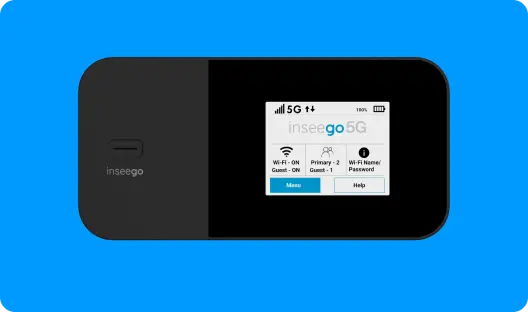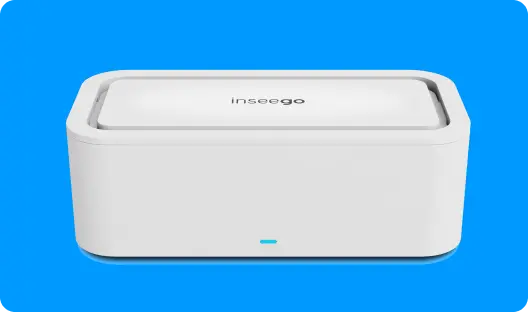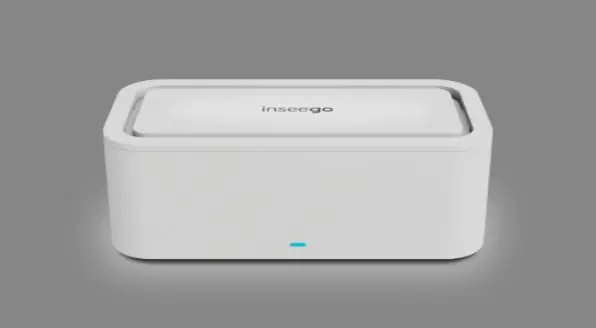More blog posts
View all blog postsSafety & Security
Intrusion prevention systems are a crucial component of network security

Network security is a complex challenge, but a pressing one. Cyberattacks can be profoundly damaging and costly, and the distributed nature of networks, scattered across home and branch offices, has made them more vulnerable than ever. There is a huge variety of known exploits, and attackers are working constantly to find new ones.
One of the most common and effective methods companies use to protect their networks is intrusion prevention systems (IPS). These cybersecurity solutions actively monitor network traffic and prevent threats from entering a network or endpoint through vulnerabilities in your system.
These systems are highly complex. Their threat detection architectures, techniques, and threat prevention methods can vary widely and greatly affect the sorts of challenges they are best suited to handle, and what types of networks they can protect effectively. Understanding the basics of how different IPS systems achieve their goal of securing your network is crucial to choosing the right one for your enterprise.
Intrusion detection can work automatically or flag issues for investigation
Every IPS relies on an intrusion detection system (IDS) to detect threats that the rest of the IPS then acts against. The IDS monitors network traffic looking for unusual or suspicious activity that could indicate an attack.
This usually takes one of two forms:
- In-line monitoring, which places the IDS directly into network traffic flow, allowing it to analyze traffic in real time and pass it directly to the IPS to block malicious traffic and quarantine affected devices
- Real-time monitoring, which continually monitors network traffic and alerts IT security to any suspicious activity, making it better suited to handling more subtle and complex attacks from unknown threats or zero-day exploits
Different detection and prevention techniques affect IPS application
Different IPSs will also rely on different techniques for how to alert their detection systems. These techniques will affect which threats the IPS will be best suited to handle. These intrusion detection and prevention systems (IDPS) include:
- Signature-based detection is a reliable and automatic detection method that automatically blocks attacks by comparing them against known attack signatures, making it effective against known threats
- Anomaly-based detection compares incoming activity against normal traffic patterns to detect deviations, allowing it to effectively detect new and unknown threats
- Protocol analysis uses predefined rules to analyze network packets for unusual or non-compliant network activities, making it flexible but less specialized
- Network behavior analysis (NBA) uses machine learning and AI to detect patterns and anomalies that could indicate an attack and provide real-time protection, making it a powerful and sophisticated but expensive and complex technique
Of course, once a threat has been detected, action must be taken to secure the network. Again, different IPSs make use of very different methods, including:
- Network-based intrusion prevention, systems that can be hardware- or software-based and are deployed at critical points in the network to provide real-time protection
- Host-based intrusion, which protects an individual host by monitoring system files and operating systems to block or quarantine files and processes
- Next-generation firewalls (NGFW) can filter and block traffic based on IP addresses and ports while analyzing packets for malicious content and are capable of deep packet inspection and application-level awareness.
Wireless intrusion systems are designed for wireless networks
A wireless intrusion prevention system (WIPS) is a specialized type of IPS designed specifically for wireless networks, which are more vulnerable to attack.
A WIPS uses a combination of intrusion detection and prevention methods, including monitoring for rogue access points and unauthorized wireless clients, as well as detecting and blocking any malicious activities. This allows the system to protect against both hostile hardware and software, providing the flexibility necessary to effectively protect a distributed wireless network.
With the rise of remote and mobile work and cloud computing, the threat perimeter of most enterprises has grown vastly. If your WIPS is not fully integrated across your entire network, then it may not be offering you the full protection it’s capable of.
Inseego’s offers a cloud management platform: Inseego Connect
That's where Inseego comes in. We are a leading provider of 5G fixed wireless, and we also offer cloud management solutions with our products to help keep organizations connected securely and reliably.
Our Inseego Connect cloud management platform comes equipped with real-time reports, alerts, and monitoring for multi-location, multi-product network traffic monitoring. All our fixed wireless products can also take advantage of SD-WAN with Inseego Connect for optimized traffic routing and usage.
Contact us to learn more about how the Inseego Connect can help ensure your business network is secure.










